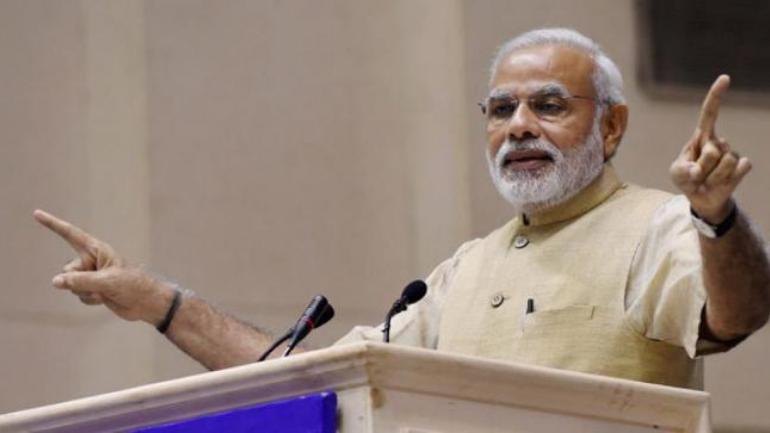The Battle begins
By Vijay Badhwar

The election dates in the world’s largest democracy, for the 16th time since its inception, have been announced to begin on April 11 and end on May 19.
Nine hundred million voters are eligible to vote in the mega elections, 15 million among them being first time voters. They will cast their votes electronically on 2.3 million EVMs at one million booths!
The EVMs, to placate conspiracy theorists, will have paper trail of all votes cast. The candidates shall be required to file their income details for the past five years, as well as declare their offshore assets. As a world’s first, the political parties will be required to advertise criminal antecedents of their candidates in the media.
The 2019 elections will be a litmus test for the Modi Government which came with a thumping majority five years ago, able to form a government in its own right with 282 seats, a feat that astounded political pundits and ended an era of coalition governments.
The Congress was reduced to ashes, abysmally winning only 44 seats, and many predicted an end of a dynasty that had virtually ruled the country since Independence.
The scenario is, however, different. Allegedly aided by right sloganeering by now defunct Cambridge Analytica, Congress hit the right chords with farmers promising them with loan waivers and by raising the fears of lower castes that Bharatiya Janata Party (BJP) would bring in Constitutional amendments.
The following loss in three states for the BJP has turned the tables in favour of Congress and its partners, a loosely knit alliance that is trumpeted as Mahagathbandan. The Congress has also sorted out its leadership issues with Rahul Gandhi at its helm.
PM Modi remains BJP’s mascot reinforced by his strong image. The air strike inside Pakistan following Pulwama terror incident has boosted his credentials.
Mr Modi’s weakness has been that he has not built a team around him. He is seen as a lone ranger assisted by his trusted lieutenent Amit Shah.
The SP-BSP alliance in Uttar Pradesh and regional parties such as TMC and DMK pose a challenge to BJP. Mamata Banerjee and Mayawati have big ambitions to take on the PM role but cannot provide a stable government.
Rural and Dalit issues as well as polarisation caused by some extreme Hindutva elements will cause headache for Modi Government to return with a majority close to the last dream election. But if BJP is able to form a government on its own, they should last many more terms.
It is always difficult to predict an election result in a country as tumultuous as India. Before Pulwama the BJP’s share of seats was rolled back to 180-200 which has since been upgraded to 200-220 in 2019. The latter will be a reasonable scenario for Modi Government to continue with his strong reforms envisaged for the country.
| ReplyForward |
Short URL: https://indiandownunder.com.au/?p=12811
